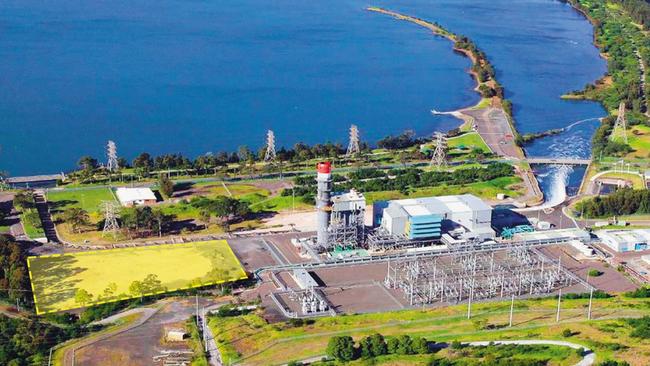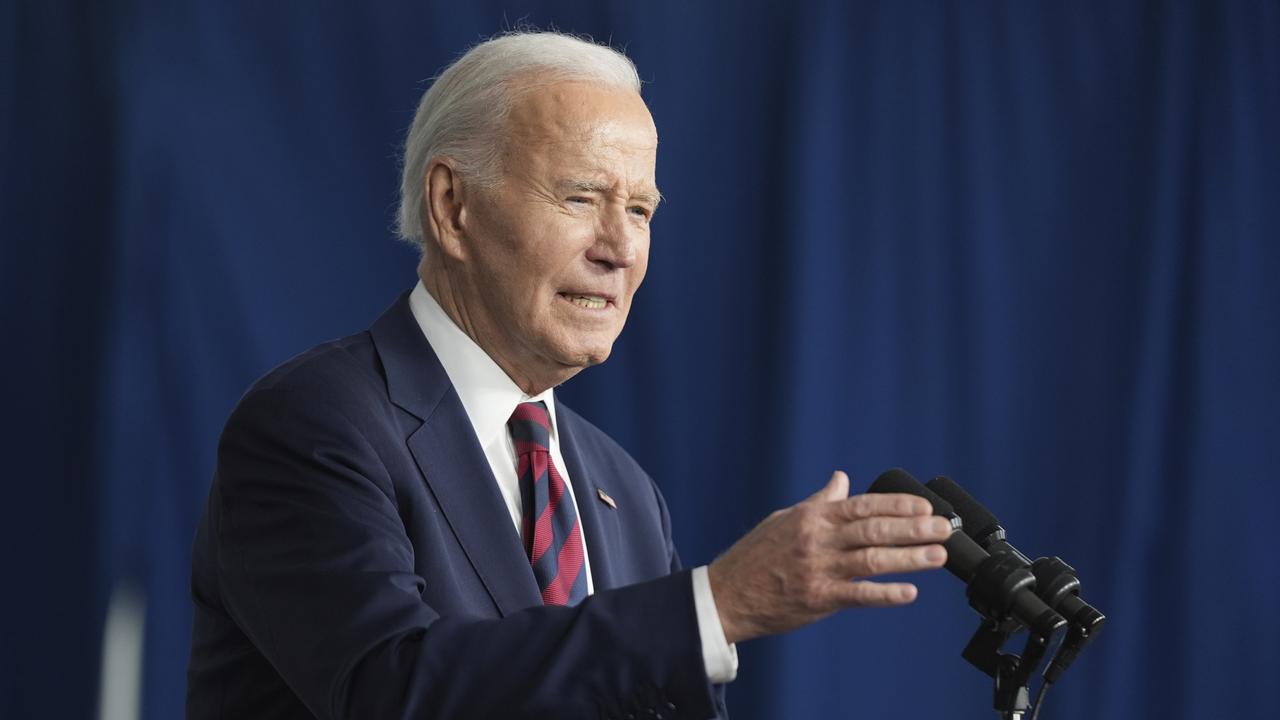Energy users pre-empting policy on hydrogen: GE
The power major says its customers are increasingly asking how to embrace next generation fuels ahead of a potential acceleration in the government’s climate strategy.

GE’s gas turbine customers are already asking the global energy infrastructure provider how much hydrogen their systems can handle, with the east Asian region leading the charge to a lower carbon energy mix, the company’s executives say.
In Australia to attend the Australian Hydrogen Conference in Adelaide, GE Australia country leader Sam Maresh and Som Shantanu, the company’s Asia engineering gas power said energy users were pre-empting policy changes such as carbon taxes and planning for a lower emissions future.
Part of the desired emissions reduction would come from blending hydrogen into natural gas feeds, they said, or even running generators on a full hydrogen feed.
Mr Shantanu, who is based in Singapore, said that energy demand was continuing to grow across Asia and customers were already thinking in terms of how they would increase hydrogen use, and in turn, secure supplies of the gas.
“Customers who are already operating assets, they are turning around and saying, ‘Hey, I might be exposed to a carbon tax in future – how can you help me embrace hydrogen’,” he said. “Customers are now putting that as a prerequisite into the RFQs (request for quote) which are really now saying can your machine take how much hydrogen.”
GE currently has more than 100 gas turbines running on some mix of hydrogen globally, with the blend ranging from 5 per cent to 100 per cent.
Mr Shantanu said this added up to about eight million operating hours to date.
“The biggest challenge is how do you make hydrogen economically viable for some of our customers,” he said.
“When you look at Asia, I think quite a few countries are looking at Australia,’’ he said.
Australia had the capacity to become the hydrogen source for “quite a few countries in Asia”, Mr Shantanu said. Mr Maresh said GE was involved in what would be Australia’s first natural gas and green hydrogen dual-fuel peaking power plant – EnergyAustralia’s 330MW Tallawarra B project – which is expected to be complete in time for the 2023-24 summer.
“It arrived in Australia last week,’’ Mr Maresh said.
“It will run on a blend of natural gas and hydrogen to start with, and can ramp up in terms of its hydrogen consumption as supply comes online. That project is a net-zero project from day one. All of its natural gas emissions are going to be offset.’’
Being a peaking power plant, it would also provide firming capacity to the grid when renewable energy waned, Mr Maresh said.
GE is also involved in the T-Gen project on Channel Island, in the Northern Territory, which will support grid-firming in the Darwin-Katherine region.
Mr Maresh said creating demand was key to Australia’s hydrogen ambitions and incorporating hydrogen into electricity generation would provide a vital source of that demand.
Mr Maresh said the new federal government’s more ambitious emissions reductions ambitions would “help drive investment through certainty’’.
“We’re seeing it at a state and federal level, we’ve seen the NSW government adopt measures to stimulate investment and this is going to lead to jobs and new industries popping up,’’ he said.
“Energy is always a complex environment.
“There are lots of challenges in energy in every jurisdiction, but I’ve never been more positive about the potential and where Australia could position itself, not only in terms of its own domestic and household needs, but also position itself in global supply chains where it can supply Asia, supply Europe.’’ Mr Shantanu (pictured) said supply was definitely a key issue, and countries in Asia, including Australia, Japan, South Korea and China were getting serious about how that demand will be met.
“I was talking to a customer in Hong Kong. They’re ready to run their units with hydrogen and now they’re looking into supply,’’ he said.
“There are things happening out there which gives a good feel that hydrogen is getting more and more real compared to the other side of the world … that’s the transition I’m seeing here.’’
Alan Finkel, the nation’s former chief scientist and the architect of the national hydrogen strategy, told the conference in a keynote address that Australia was “in the box seat’’ to be a world leader in the sector, with $185bn in potential hydrogen projects in the pipeline.
He cautionedthe transition to broadbased hydrogen use across heavy industry and in processes such as steelmaking would take many years.






